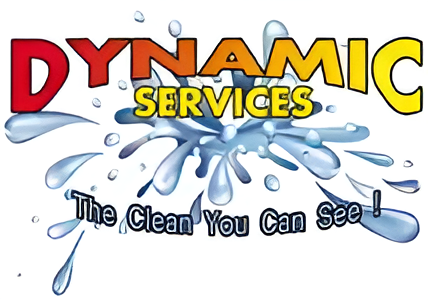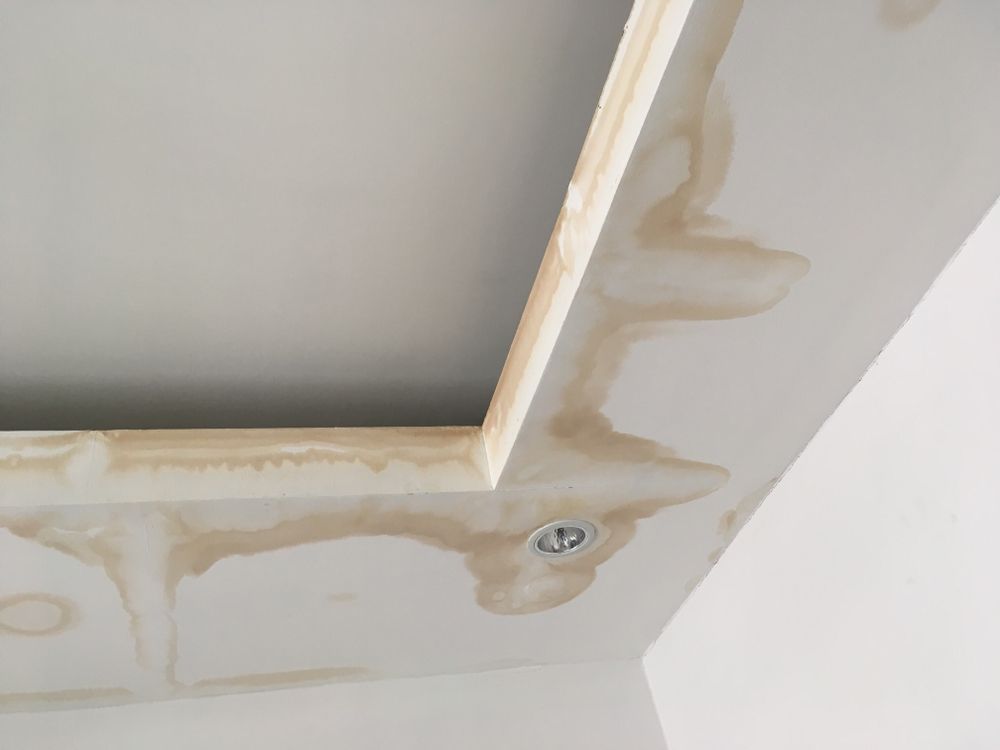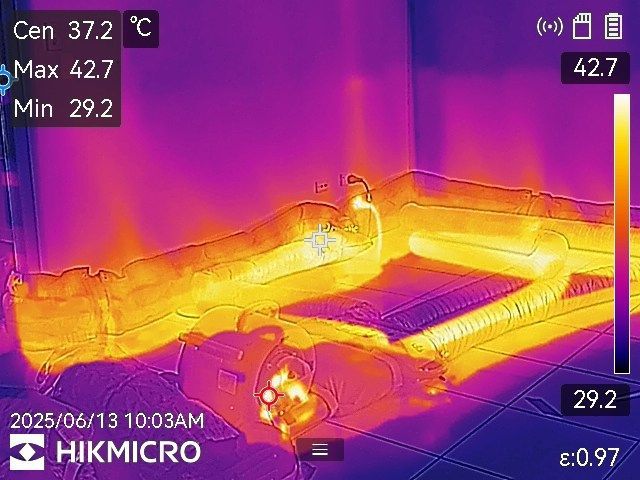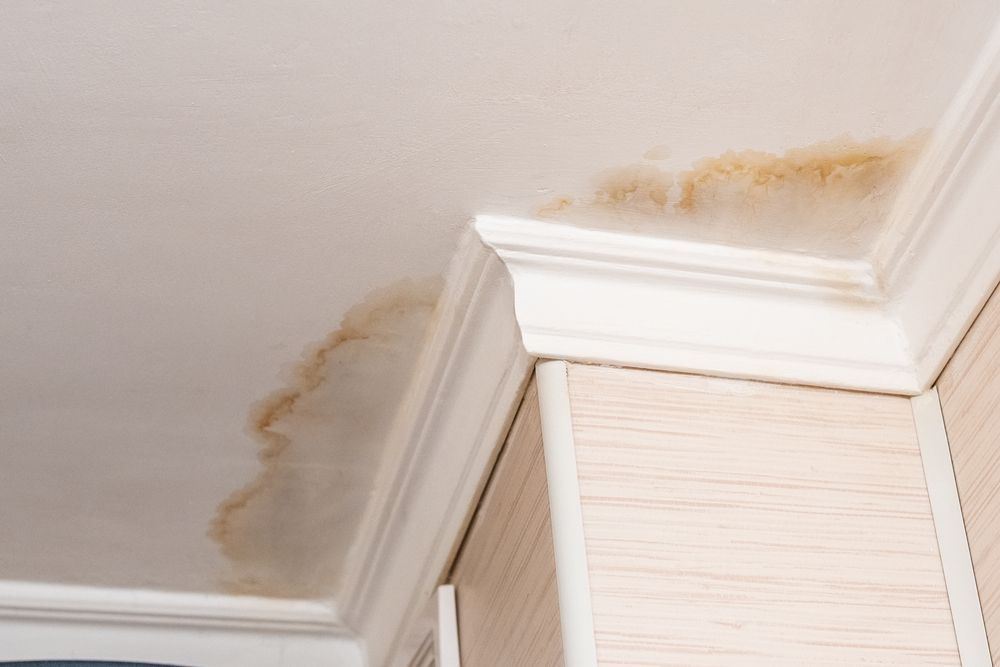AS/IICRC S500-Compliant Water Damage Inspections
Accurate inspection and documentation are critical to managing water damage correctly. At Dynamic Services Rockhampton, our inspection process follows the guidelines of the AS/IICRC S500 Standard and Reference Guide for Professional Water Damage Restoration.
Using calibrated moisture meters, hygrometers, thermal imaging, and infrared cameras, we identify both visible and concealed moisture. Each inspection assesses:
- The source and category of water (Category 1 – clean, Category 2 – gray, Category 3 – black)
- The class of water intrusion (extent and rate of evaporation required)
- All affected materials and assemblies, including floors, walls, subfloors, and cavities
Call Dynamic Services in Rockhampton on 0406 303 425 to book a professional inspection.
Experienced Technicians
Est. 2007
Cost-Effective
Trusted Damage Reporting
Our reports provide a clear and detailed record of the cause, category, class, and extent of damage, supported by calibrated readings, photographs, and diagrams. This comprehensive documentation ensures compliance with industry standards and plays a vital role in supporting insurance claims, repair planning, safety assessments, and building reinstatement processes with greater confidence and accuracy.
Whether the water intrusion stems from storms, burst pipes, roof leaks, or internal plumbing issues, Dynamic Services Rockhampton delivers professional, impartial, and standards-based reporting. Our assessments are designed to give you the clarity needed to make timely, well-informed decisions and ensure the right steps are taken for effective restoration.
Call Dynamic Services Rockhampton on 0406 303 425.
Frequently Asked Questions
What is a water damage inspection?
A water damage inspection involves a thorough assessment of a property to identify where water has entered and how far it has spread. Inspectors use specialised tools like moisture meters, thermal imaging cameras and hygrometers to detect moisture behind walls, under flooring and in ceilings. The goal is to uncover both visible and hidden damage to guide an effective restoration plan. An inspection ensures that all affected areas are addressed, reducing the risk of mould, rot or structural problems. It’s an essential first step before beginning any drying or repair work following a leak, flood or burst pipe.
When should I get a water damage inspection?
You should schedule a water damage inspection immediately after discovering a leak, flood, burst pipe or signs of moisture, such as stains, bubbling paint or a musty odour. Inspections are also useful before purchasing a property, following storm damage or if your insurance provider requests documentation. Acting early helps avoid long-term damage, mould growth and costly repairs. Even small leaks can cause extensive hidden issues if left unchecked. A timely inspection gives you a clear picture of the situation and allows professionals to recommend the best course of action to protect your property and prevent further deterioration.
Do I need a water damage report for insurance?
While not always mandatory, a water damage report is highly beneficial when lodging an insurance claim. Insurers often require evidence of the source, severity and scope of the damage to assess eligibility and process claims efficiently. A professional report provides this information in a structured and trusted format, which can reduce back-and-forth delays. It also helps verify that damage was sudden and accidental, which is often a condition for coverage. Submitting a detailed report alongside your photos and claim form can strengthen your position and improve the likelihood of receiving a fair settlement for repairs.







